Fatigued by years of crisis after crisis, the governments of Syria and Iraq now see the strengthening of their bilateral economic cooperation as the main path forward. This was again iterated at a meeting on 14 December between the Iraqi chargé d’affaires in Syria Yassin Sharif al-Hujaimi and Syria’s minister of economy and foreign trade Mohammed Samer al-Khalil. As well as recently dispatching an economic attaché to Damascus, Baghdad hosted more than 170 Syrian businesses at its latest “Made in Syria” tradeshow on 26 December in a grand display of these renewed trade relations.
However, Bashar al-Assad and Mustafa al-Kazimi are not yet rejoicing about the trade prospects this spells as both still have serious concerns about the security of their shared border. The situation is particularly acute at the Al Bukamal-Al Qa’im crossing, without which trade between the two capitals would no longer flow. The two leaders have called on their respective intelligence and security services to work on securing the border, but these are struggling to regain control of the crossing left in the hands of pro-Iranian militias unwilling to give it up.
Government-driven teamwork
The Iraqi military spokesman Yahya Rasool proudly stated on 19 December that the Iraqi army had now secured 80% of the 600km Iraqi-Syrian border, which is predominantly difficult to control desert area. A few days earlier, the Baghdad authorities had announced the allocation of a new fund to strengthen the border’s defences with earth embankments, surveillance towers, fortifications, fencing and thermal surveillance cameras. The border is guarded by an assortment of units from the Iraqi Army’s 7th and 8th divisions, federal police, the Iraqi National Intelligence Service and counterterrorism forces. The whole structure is supervised by border guard Hamid al-Husseini, who reports to the ministry of the interior.
Husseini’s role includes coordinating efforts with the Syrian units Assad has assigned to monitor the border from the Syrian side in Al Bukamal. As we reported, in early December Assad sent his new intelligence chief Major General Hussam Luka to the governorate of Deir ez-Zor to oversee the integration of local inhabitants of this remote region into the ranks of the Syrian security services. After the city of Mayadin, Luka installed a new centre, dubbed a “reconciliation” unit by the regime – in Al Bukamal on 14 December. The unit’s recruits will be deployed to help secure the strategic Damascus-Baghdad route.
The militia challenge
While Baghdad and Damascus are determined to show they have the border under control, a large portion of which on the Syrian side remains in the hands of the Kurdish-majority militia of the Syrian Democratic Forces , but are having trouble overcoming the presence of pro-Iranian Shia militia. These units were originally brought in to fight the Islamic State group (Daesh), the residual members of which still slip through the porous border, at a time when Iraq and Syria had no choice but to rely on their help.
As it stands there are at least three Pasdaran-led militia operating on both sides of the border: the Asaib Ahl al-Haq , Kataeb Hezbollah and Kataib Sayyiad al-Shuhada. These have been making the most of the unclear situation to capture some of flows of goods crossing the border. Even the Fatemiyoun Division comprised of Afghans sent to Syria by Tehran – is still stationed in Al Bukamal, though Iran is now considering redeploying the division to Afghanistan. The multi-headed border guard has blurred the states’ ability to ensure effective governance and contributed to rousing tensions in a still volatile security climate.
For instance, on 15 December clashes between Shia militia and the Assad-affiliated National Defence Forces in Al Bukamal escalated to such an extent that the Iranian public figure Hajj Asaker had to step in to calm the situation. There has been similar unease on the Iraqi side in Al Qa’im, where the population is tired of the dual surveillance system. Though part of the Iraqi state-sponsored Hashd al-Shaabi (Popular Mobilization Forces), the Kataeb Hezbollah have placed their own surveillance cameras in the border town.
Washington wades in
Aside from Iraq and Syria’s inability to fully recover their sovereignty over the region – part of which has been ceded to actors close to Iran – the United States and Israel have also added to the mix. In March, the US carried out an air strike against the Kataeb Hezbollah and Kataib Sayyid al-Shuhada on Syrian soil. Drones presumed to be Iranian also regularly target the Al-Tanf garrison, the US military base on the Iraqi-Syrian border. This has further perpetuated the instability of the border, creating an environment ill-suited to the recovery of a flourishing trade route.

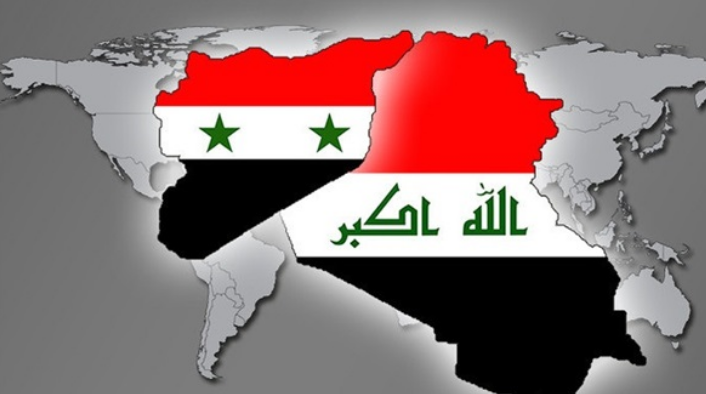


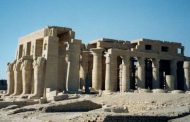



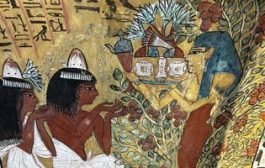


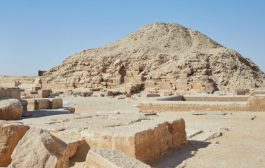
















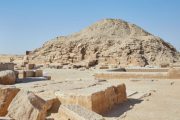
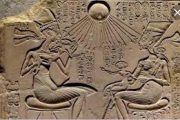



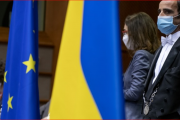

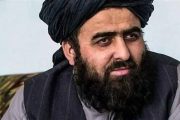




admin in: How the Muslim Brotherhood betrayed Saudi Arabia?
Great article with insight ...
https://www.viagrapascherfr.com/achat-sildenafil-pfizer-tarif/ in: Cross-region cooperation between anti-terrorism agencies needed
Hello there, just became aware of your blog through Google, and found ...